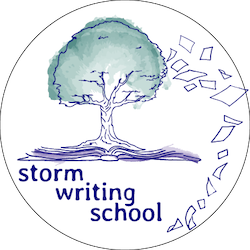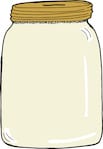In the parlance of creative writing, “beat” has at least three different meanings, so this is a term that requires some disambiguation.
On the smallest scale, a beat refers to narration that occurs between or among lines of dialogue. And there are sort of two senses of the term at this level, actually. Sometimes you’ll hear the phrase “action beat” to refer to the action being narrated as dialogue is delivered. This is also known as stage business. And here’s an example:
“Hey, Handsome,” she said. She tipped her hat up so I could see her face. She winked.
“Hi, Mom.”
But that action also gives a rhythmic pause within the dialogue, and that’s the other sense of the term “beat.” Sometimes, you want to allow time for characters to process something before they reply.
So, at the smallest scale, a beat is a narrational interruption within a dialogue exchange. Some of those interruptions are actions; some might be descriptions or thoughts or any other type of narration that happens to supply a rhythmic pause within the scene.
The next definition of a beat is the smallest unit of story. And that’s a little abstract, so I’ll explain. A scene is comprised of several moment-to-moment beats. I think this sense of a beat is more familiar to actors, who have to make choices about how to portray their characters’ actions and reactions at every moment within a scene. In fact, we could define these beats as units of action/reaction, and they deliver tiny moments of change.
A person walks into a bar, looks around, sees an empty stool and walks over to it. That’s a beat.
Another person sitting next to our new arrival says, “Hey! You come here often?” And our protagonist scoffs, says no, and turns away. That’s a beat.
And we go on and on like this to build an entire scene.
The third definition of beat is at the largest scale, and it refers to the most consequential story events within a story. It’s sort of like an itinerary for a story. If you travel with an itinerary, it won’t tell you everything you’ll do on a daily basis, but it will list the highlights: breakfast at hotel; museum; lunch in cafe; trolley ride; lighthouse tour, etc. You sometimes hear people talk of “beat sheets,” which are basically that itinerary. And many of those beat sheets are somewhat prescriptive templates for the major landmarks a story should visit along the way.
So those are your three definitions of “beat.”
- Narrated action or narration that otherwise provides a rhythmic pause between lines of dialogue.
- A small unit of story that is comprised of an action and reaction and delivers a small change.
- A significant development within a story that one might list in a beat sheet, giving an outline of the whole story.


